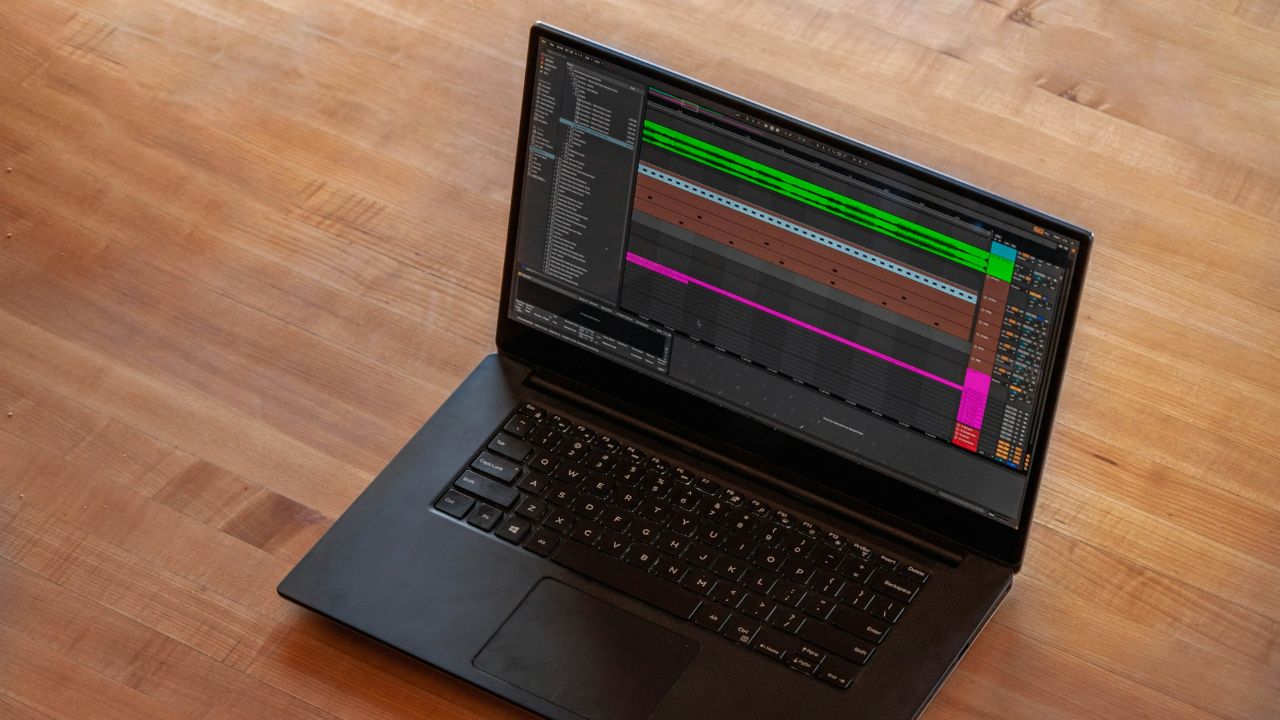Quick overview
This guide shows easy, practical ways to compress MP3 files. The fastest, safest, and most convenient option is to use the in-browser tool at Optozap MP3 → MP3. It compresses single files, and it can bulk compress many MP3s at once. Optozap also converts between MP3 and other common audio formats without uploading your files to a remote server — everything happens in your browser.
Whether you want smaller files for podcasts, faster downloads for music previews, or to batch-optimize an archive, this article walks through the best settings and alternative workflows (DAWs, FFmpeg) and explains why Optozap is usually the fastest path.
Why use an in-browser compressor (Optozap)
- No upload — files are processed locally in your browser, so you keep full control of your audio and privacy.
- Bulk processing — select many files and run one job to compress them all.
- Fast and simple — no installs, no complex settings; useful presets are provided.
- Converts to/from multiple formats — if you need WAV, AAC, OGG, or MP3 output, Optozap can help.
Visit the tool: https://optozap.com/audio/mp3-to-mp3
Step-by-step: Compress a single MP3 with Optozap
- Open Optozap MP3 → MP3 in your browser.
- Drag your MP3 file onto the page or click to choose it.
- Pick an output preset or set a target bitrate. Recommended presets:
- Speech / podcasts: 64–96 kbps (mono if you want the smallest size).
- Music: 128–192 kbps for good quality vs size tradeoff.
- Archival / high quality: 256–320 kbps.
- Choose variable bitrate (VBR) if you want slightly smaller files with similar quality.
- Click Compress (or Start). Optozap processes the file in your browser — no upload.
- Download the compressed MP3 when ready.
Bulk compress multiple MP3s with Optozap
- Go to Optozap MP3 → MP3.
- Use the multi-file selector or drag a folder (or archive) of MP3s into the page.
- Pick a single output setting for the whole batch (bitrate/preset).
- Start the job and wait — processing happens locally and scales with your machine.
- Download results as individual files or as a single ZIP when offered.
Bulk processing is ideal when you have many episodes, voice notes, or a large music collection that needs consistent optimization.
Tips for best results
- Test one file first to confirm quality before batch-processing a large folder.
- For spoken word, convert to mono and lower bitrate — it massively reduces size with little quality loss.
- Normalize or apply light compression in a DAW before converting if your recordings have wide level differences.
- Remove silence and trim intros to save space across many files.
- Prefer VBR for music; for consistent file sizes across many tracks prefer CBR (constant bitrate).
When you might use a DAW or desktop tool instead
Digital Audio Workstations (DAWs) like Audacity, Reaper, or Adobe Audition give you surgical control over audio: EQ, multiband compression, normalization, loudness matching, and precise exporting. Use a DAW when:
- You need advanced processing (noise reduction, spectral repair).
- You must meet broadcast loudness specs or have strict mastering needs.
That said, for quick compression and batch file-size reduction, an in-browser tool like Optozap is usually faster and easier — no installs, no export queues, and no uploading.
Quick alternatives (power users)
- FFmpeg (command line) — perfect for scripting and automation. Example: converting and setting bitrate for one file can be done locally in seconds. But FFmpeg requires install and comfort with the terminal.
- DAW export presets — good for per-track mastering and final quality control, but slower to setup for many files.
Privacy and performance
Optozap processes audio in your browser, so your files never need to be uploaded to a remote server. This is helpful for sensitive recordings and saves time because upload speeds are avoided. Processing time depends on your device CPU and the size/number of files, but modern browsers and machines handle most batches quickly.
FAQ
- Can I convert other formats? Yes — Optozap supports conversions between common audio formats. Use the site's format selector or visit the main Optozap site for format options.
- Will compressing multiple times reduce quality further? Yes — re-encoding a lossy file repeatedly compounds quality loss. When possible, keep a lossless original (WAV) for edits and perform a single final MP3 export.
- Why choose lower bitrates? To save bandwidth and storage. Lower bitrates work well for spoken content. For music, aim higher to preserve fidelity.
Short checklist before batch jobs
- Verify one example file first.
- Pick a bitrate/preset that matches your content (speech vs music).
- Keep originals if you may need higher quality later.
Final thoughts
For fast, private, and easy MP3 compression — especially when you need bulk processing — try Optozap MP3 → MP3. It combines conversion, compression, and batch workflow right in the browser so you can get results in minutes without uploads or installs.
If you want, I can add a short comparison table (DAW vs FFmpeg vs Optozap) or create a step-by-step screenshot walkthrough for the page.
